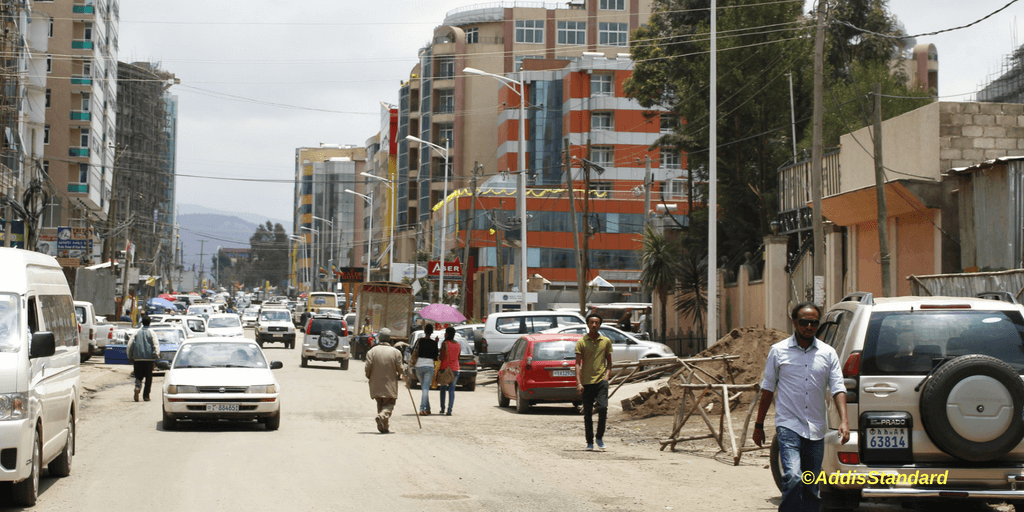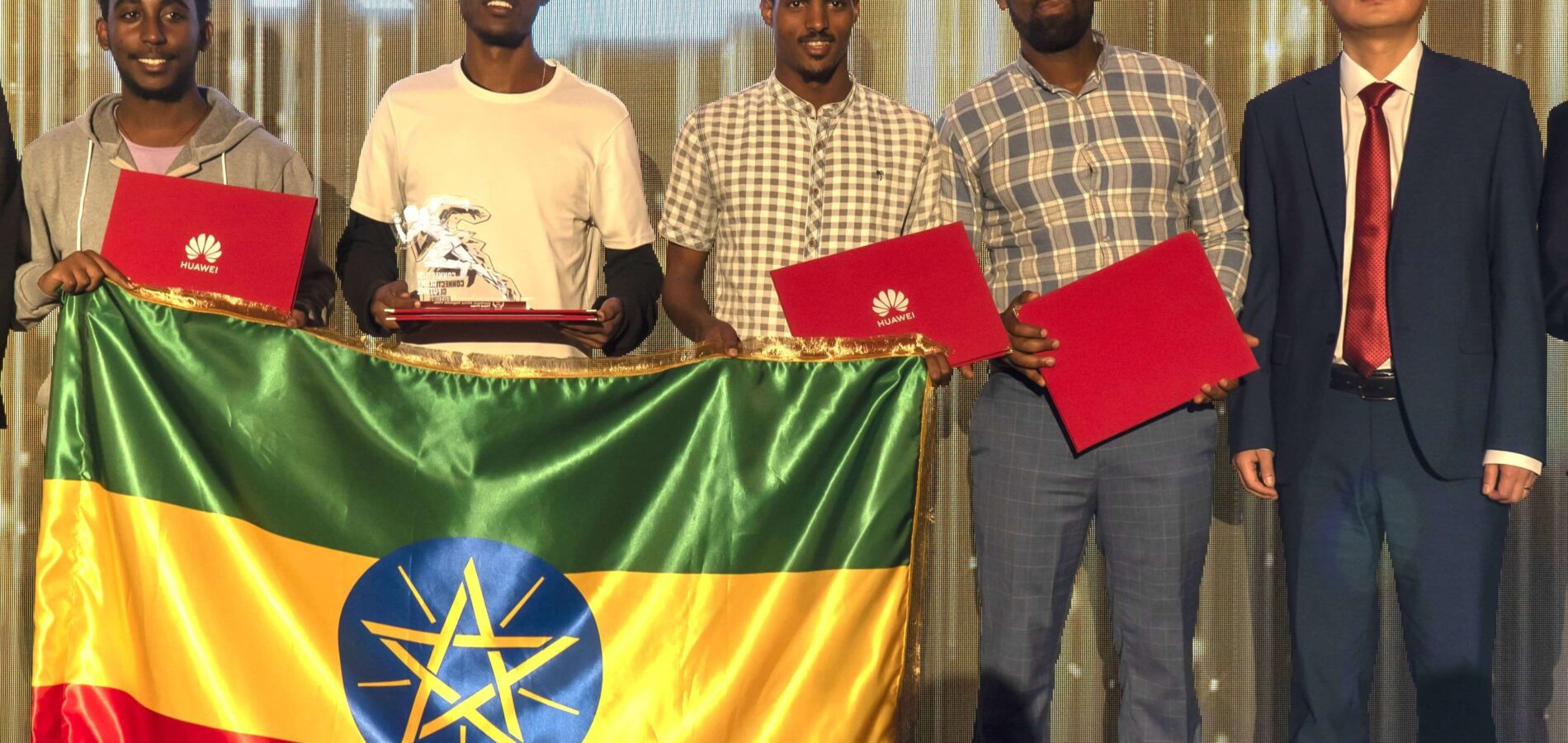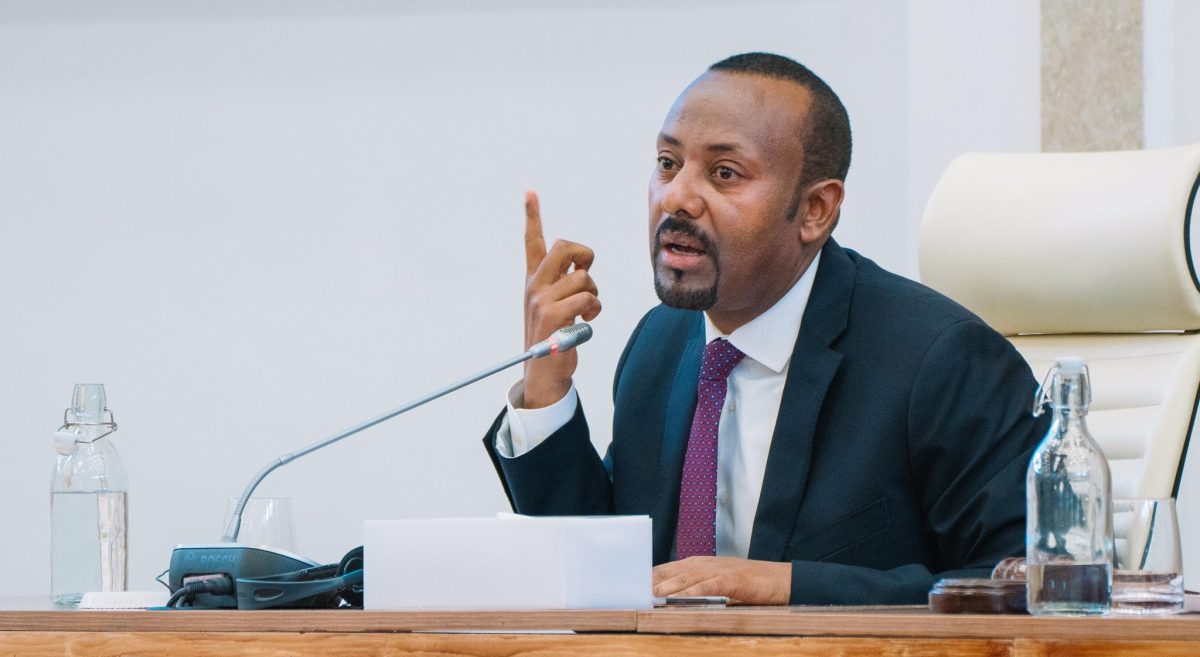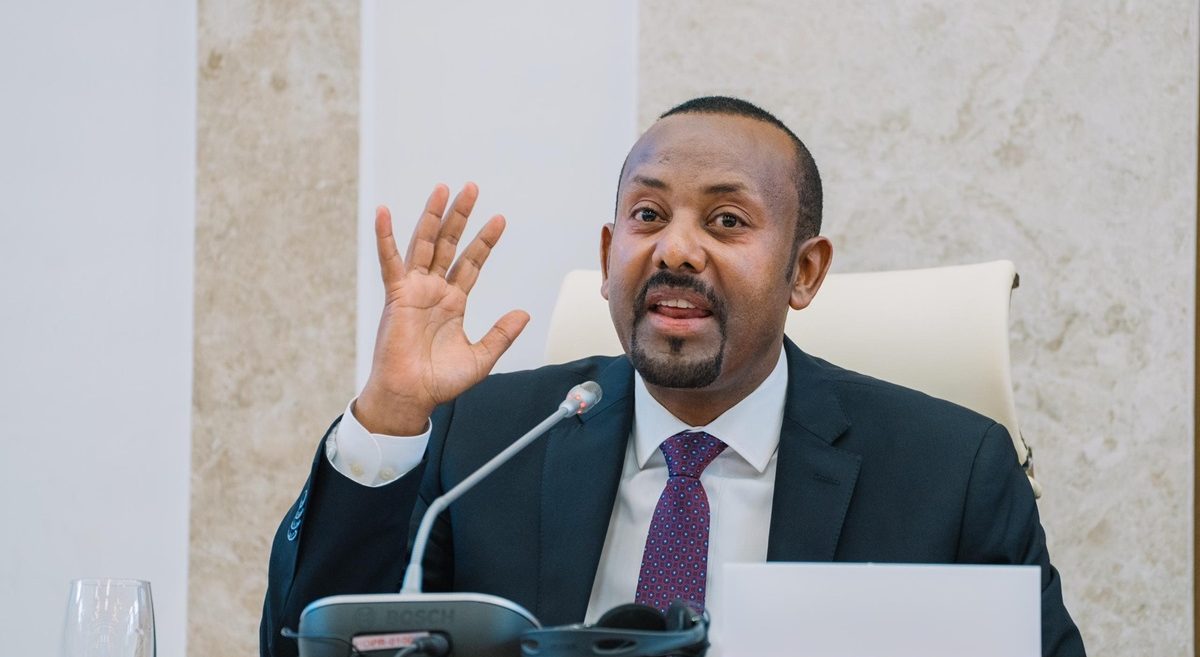COMESA Council of Ministers grants Kenya sugar safeguard
The Kenyan sugar sector has been given a one year extension of the existing safeguard subject to review and renewal for another one year. The decision was made Thursday 26 March 2015 yesterday by the COMESA Council of Ministers during its two day meeting in Addis Abeba, Ethiopia.
The extension will operate on the basis of the terms and conditions set out in Directive No. 1 of 2007. These included privatising state owned mills, doing research into new early maturing and high sucrose content sugar cane varieties and adopting them, paying farmers on the basis of sucrose content instead of based on weight, maintaining the safeguard as a tariff rate quota with the quota increasing while the above quota tariff falls until it reaches 0% and maintaining and providing infrastructure including roads and bridges in the sugar growing areas.
In making the decision, the Council noted that the Directive on the safeguard had been implemented and the Kenya parliament had approved privatization of the five public sugar companies. Fifty one per cent would be sold to private investors, 30% to the farmers and 19% through initial public offer once they become profitable.
In making the decision, the Council was guided by a study conducted by the COMESA Secretariat on the competitiveness of the Kenya Sugar Sector. The study found, among others, that the safeguard had made it possible for new investors to enter the Kenyan sugar sector. It was noted that without the safeguard, it would have been difficult for these investors to enter a market that was flooded with cheap sugar imports.
Further, the Council noted that during the COMESA safeguard period, the sugar industry composition had changed to about 70% (2014) private sector holding compared to initial 33% in 2004 which illustrated the level of business confidence resulting from the protection. It was noted that if the new entrants were given sufficient protection for a period of time, they would stabilize and significantly improve the competitiveness of the sugar industry in Kenya.
Kenya application was based on Article 61 of the COMESA Treaty that provides for safeguard measures for domestic industries need protection against international competition until they become mature and stable.
In granting the application of the extension of the sugar safeguard for Kenya, the Council underscored the importance of having a system that benefits all sugar exporting Member States especially in terms of promoting intra-COMESA trade. In this regard the meeting supported the idea of allowing Member States to assist meet the sugar deficit in Kenya through country-specific quotas under a formula to be developed. But until then, the current permit system will continue to apply.
The Council directed that the administration of import permits should be simple, quick, transparent, and efficient to avoid unnecessary delays that increase the cost of business and limit access to the Kenyan market.
The Council further directed that an ad hoctechnical working committee should be convened not later than 30 June 2015, to thoroughly deal with a formula for allocating country specific quotas, and the draft criteria for determining that an industry is an infant and report to the next Trade and Customs Committee meeting scheduled for mid-year.
Photo: participants of the ongoing COMESA summit








